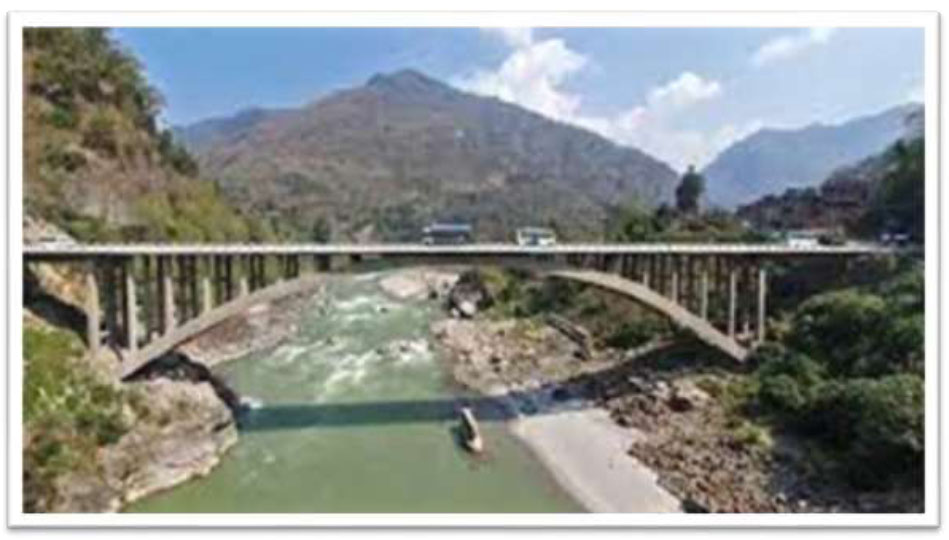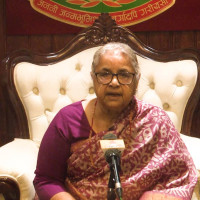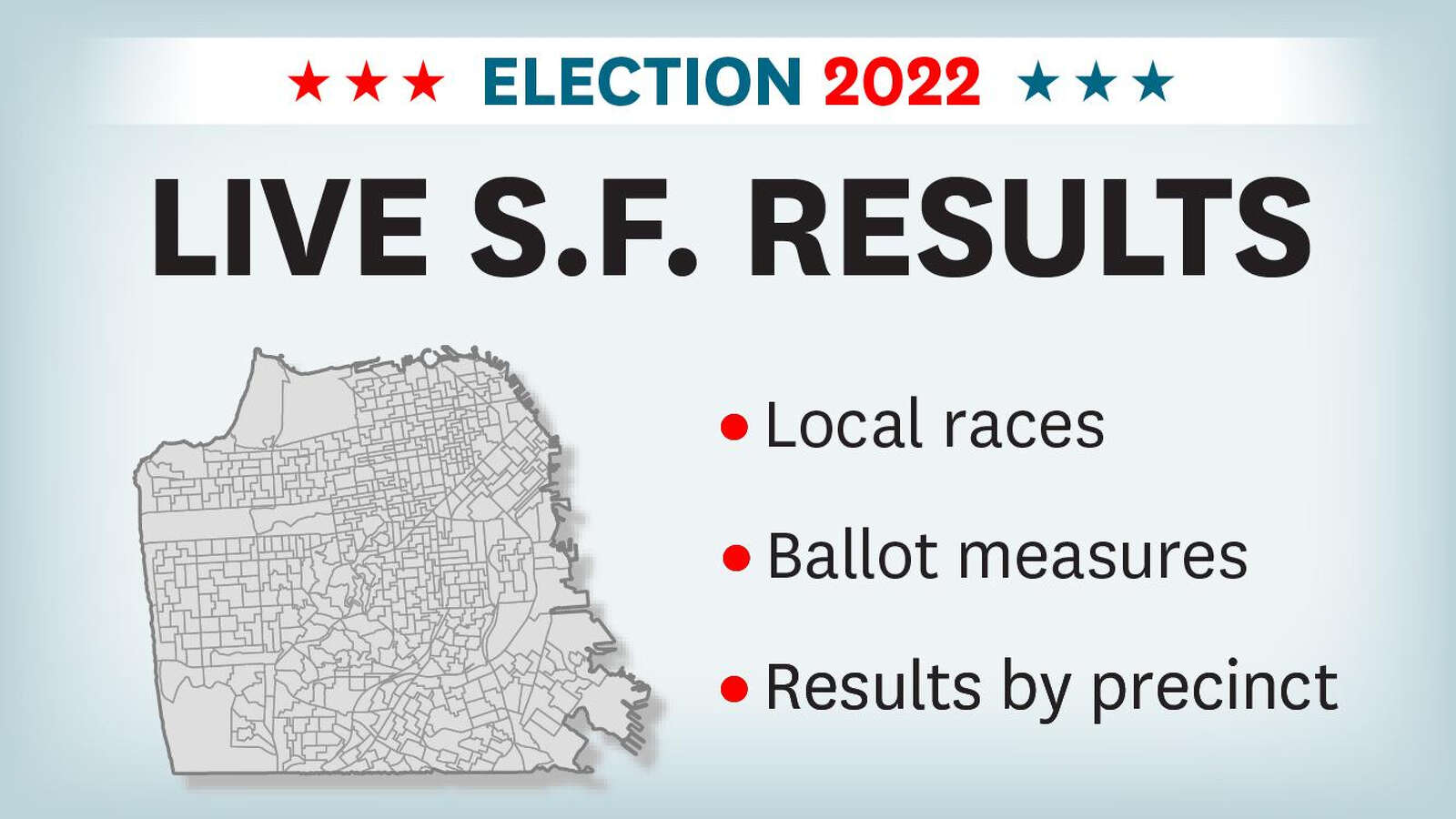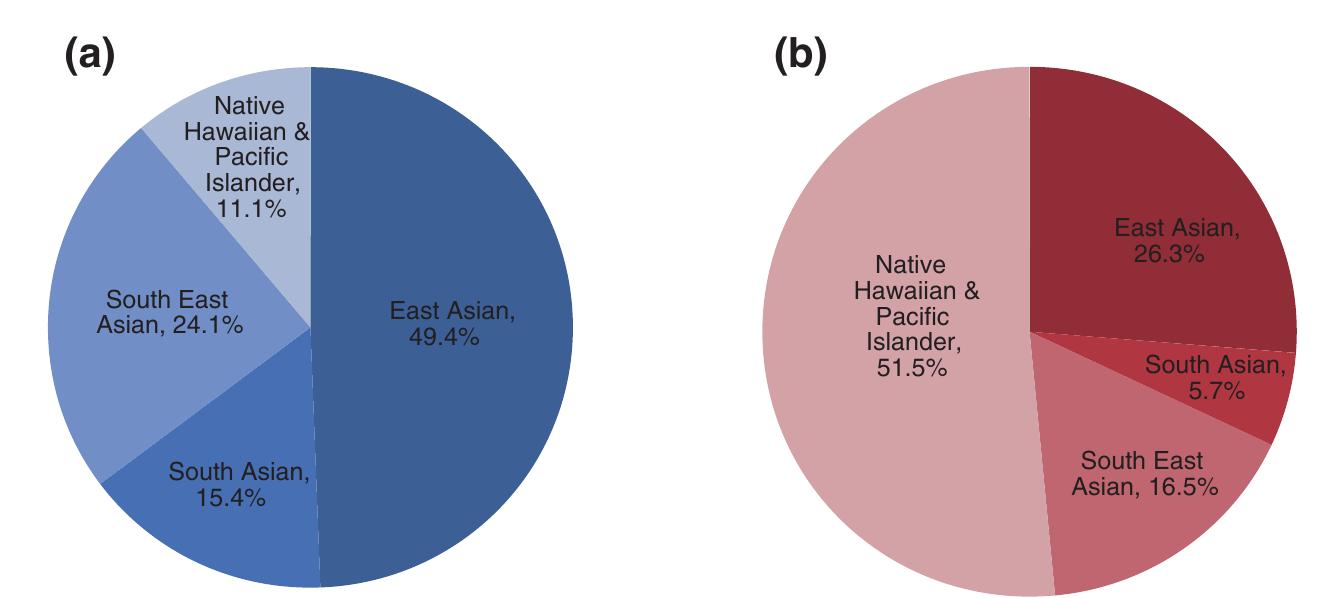
The Bali Agenda for Resilience
Integrated Approaches to Climate Change Adaptation and Disaster Risk Reduction

The Bali Agenda for Resilience, a key outcome of the recently held 7th Session of the Global Platform for Disaster Risk Reduction, calls for integrated approaches to climate change adaptation and disaster risk reduction, and identifies the development of the Global Goal on Adaptation (GGA) as an important mainstreaming opportunity. To stay ahead of growing climate and disaster impacts and risks, we must ensure the interoperability of interventions and create synergies between initiatives, sectors and approaches at all levels and across all scales.
Coherence of Planning and Policy Implementation Mechanisms in the Caribbean Region
The United Nations Office for Disaster Risk Reduction for the Americas and the Caribbean, in partnership with the Stockholm Environment Institute (SEI), have conducted a study on the degree of coherence between national policies and plans focusing on the Sustainable Development Goals (SDGs), DRR and CCA in the Caribbean Region. This regional analysis aimed at enhancing the understanding of the level of and approaches to coherence of planning and policy implementation mechanisms in countries across the Caribbean Region. The baseline analysis of the status of coherence of Caribbean countries presented in this report helps us to identify recommendations for enhanced multi-sectoral SD, DRR and CCA policy and governance coherence targeted at specific stakeholder groups at subnational, national, regional, and international level.
The report recognizes Coherence as ‘the approach and deliberate processes and actions within a country to integrate – as appropriate – the implementation of the Sustainable Development Agenda, Sendai Framework for Disaster Risk Reduction, and Paris Agreement; in order to increase efficiency, effectiveness, and the achievement of common (e.g., resilience) and respective goals.
Webinar Objectives
- Have a clear understanding of the benefits of a comprehensive risk management approach.
- Assess the extent to which existing policy coherence ensures an integrated approach to climate change adaptation and disaster risk reduction.
- Share experiences at the national level on how the Caribbean countries are working on different approaches and deliberate processes, to integrate the implementation of the Sustainable Development Agenda, Sendai Framework for Disaster Risk Reduction, and Paris Agreement; in order to increase efficiency, effectiveness, and the achievement of common (e.g., resilience) and respective goals.
- Present advancements in climate adaptation, disaster risk reduction, territorial planning, and resilience building tools to strengthen and promote sustainable development at the regional, national and local levels.
- Promote the exchange of shared experiences on the progress made of integrating disaster risk reduction, climate change adaptation, environmental systems management, land-use planning, etc.
- Present experiences of collaboration between intergovernmental organizations supporting DRR and CCA joint action & implementation.
Target Audience
Policy Makers and practitioners, including amongst others, National Disaster Risk and Climate Adaptation Managers; Representatives from Ministries of Environment, Planning and Development; and, Multilateral, Regional and Bilateral Partners.
SDGs, Targets, and Indicators
| SDGs | Targets | Indicators |
|---|---|---|
| SDG 13: Climate Action | Target 13.1: Strengthen resilience and adaptive capacity to climate-related hazards and natural disasters | No specific indicators mentioned in the article |
| SDG 11: Sustainable Cities and Communities | Target 11.b: By 2020, substantially increase the number of cities and human settlements adopting and implementing integrated policies and plans towards inclusion, resource efficiency, mitigation and adaptation to climate change, resilience to disasters, and develop and implement, in line with the Sendai Framework for Disaster Risk Reduction 2015-2030, holistic disaster risk management at all levels | No specific indicators mentioned in the article |
| SDG 17: Partnerships for the Goals | Target 17.14: Enhance policy coherence for sustainable development | No specific indicators mentioned in the article |
1. Which SDGs are addressed or connected to the issues highlighted in the article?
- SDG 13: Climate Action
- SDG 11: Sustainable Cities and Communities
- SDG 17: Partnerships for the Goals
The article discusses the need for integrated approaches to climate change adaptation and disaster risk reduction, which aligns with SDG 13. It also mentions the importance of policy coherence and holistic disaster risk management, which are relevant to SDG 11 and SDG 17.
2. What specific targets under those SDGs can be identified based on the article’s content?
- Target 13.1: Strengthen resilience and adaptive capacity to climate-related hazards and natural disasters
- Target 11.b: By 2020, substantially increase the number of cities and human settlements adopting and implementing integrated policies and plans towards inclusion, resource efficiency, mitigation and adaptation to climate change, resilience to disasters, and develop and implement, in line with the Sendai Framework for Disaster Risk Reduction 2015-2030, holistic disaster risk management at all levels
- Target 17.14: Enhance policy coherence for sustainable development
The article emphasizes the need for strengthening resilience and adaptive capacity to climate-related hazards and natural disasters, which relates to Target 13.1 under SDG 13. It also highlights the importance of integrated policies and plans for climate change adaptation, disaster risk reduction, and holistic disaster risk management, which aligns with Target 11.b under SDG 11. Additionally, the article calls for enhancing policy coherence for sustainable development, which corresponds to Target 17.14 under SDG 17.
3. Are there any indicators mentioned or implied in the article that can be used to measure progress towards the identified targets?
No specific indicators are mentioned or implied in the article that can be used to measure progress towards the identified targets.
The article focuses more on discussing the concepts and approaches related to the issues rather than providing specific indicators for measuring progress.
4. Table: SDGs, Targets, and Indicators
| SDGs | Targets | Indicators |
|---|---|---|
| SDG 13: Climate Action | Target 13.1: Strengthen resilience and adaptive capacity to climate-related hazards and natural disasters | No specific indicators mentioned in the article |
| SDG 11: Sustainable Cities and Communities | Target 11.b: By 2020, substantially increase the number of cities and human settlements adopting and implementing integrated policies and plans towards inclusion, resource efficiency, mitigation and adaptation to climate change, resilience to disasters, and develop and implement, in line with the Sendai Framework for Disaster Risk Reduction 2015-2030, holistic disaster risk management at all levels | No specific indicators mentioned in the article |
| SDG 17: Partnerships for the Goals | Target 17.14: Enhance policy coherence for sustainable development | No specific indicators mentioned in the article |
Copyright: Dive into this article, curated with care by SDG Investors Inc. Our advanced AI technology searches through vast amounts of data to spotlight how we are all moving forward with the Sustainable Development Goals. While we own the rights to this content, we invite you to share it to help spread knowledge and spark action on the SDGs.
Fuente: undrr.org

Join us, as fellow seekers of change, on a transformative journey at https://sdgtalks.ai/welcome, where you can become a member and actively contribute to shaping a brighter future.






